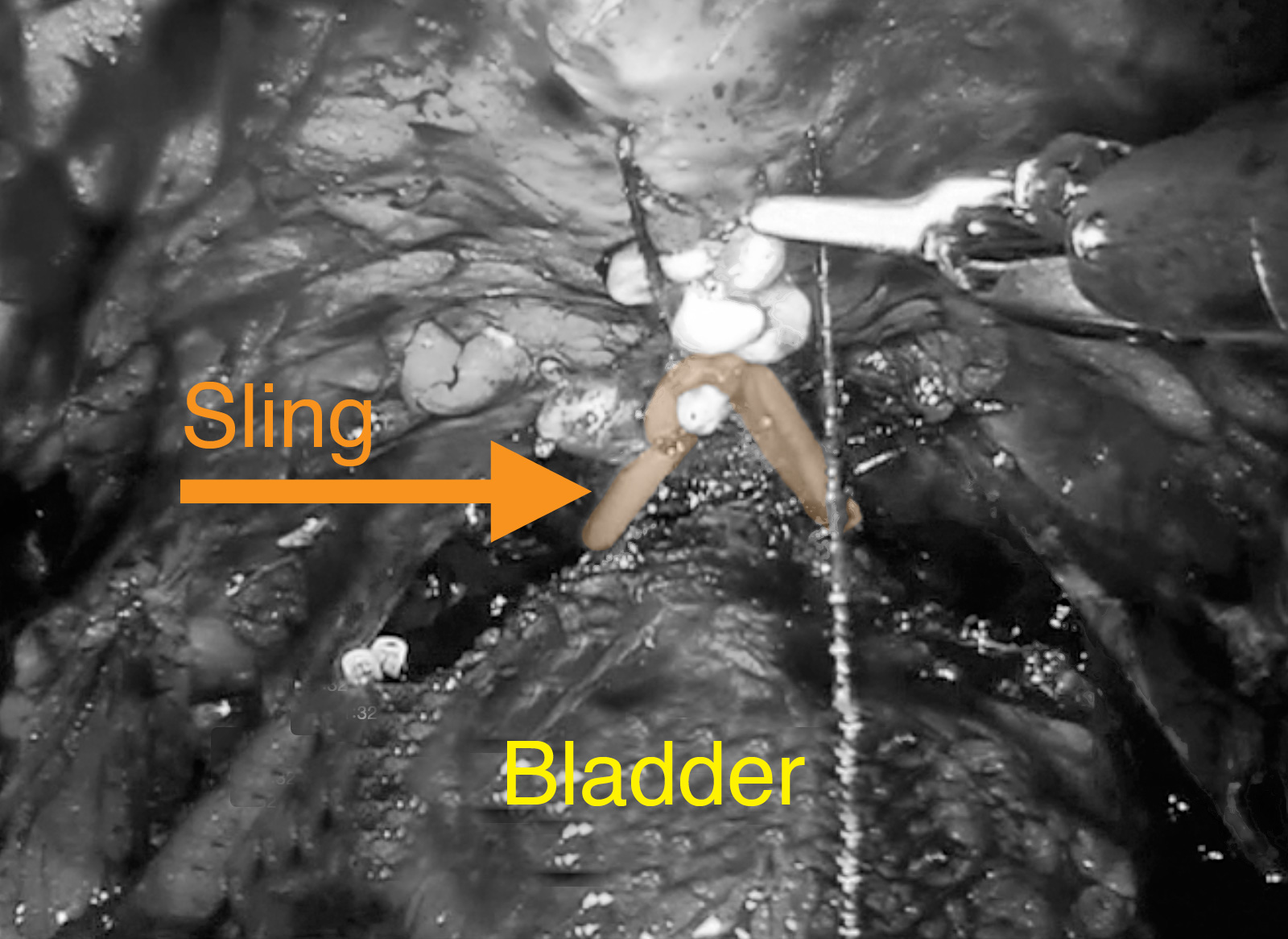Submitted on March 12, 2015

UCSF urologists recently produced a video that highlights a technique for using a vas deferens bladder sling to improve continence following robot-assisted laparoscopic radical prostatectomy (RARP). Urinary leakage is a common side effect after radical prostatectomy (removal of the prostate). While most men recover urinary control within 6-12 months of surgery, researchers have sought ways to increase the number of men who achieve continence and shorten the recovery time.
UCSF urologists, who developed the sling procedure, recently completed enrolling men in a randomized study to evaluate its effectiveness. The study, initiated by Dr. Peter Carroll, is one of a very few randomized trials evaluating surgical techniques.
The sling procedure uses the vas deferens (a tube that carries sperm from the testes to the prostate) to fashion a hammock-like support for the bladder neck. A similar procedure has been used with encouraging results in a nonrandomized study of men undergoing open surgical removal of the prostate. Through the randomized study, investigators seek high-quality data on whether the procedure is effective when performed as part of RARP, the surgical approach used in the majority of prostate cancer surgeries today.
The 203 men who have been enrolled in the study were randomly assigned to receive or not receive the sling during their surgery. Safety data collected to date have not shown an increased risk of adverse side effects in those who received the sling. Researchers plan to evaluate the sling’s effectiveness in improving continence at three and six months after surgery.